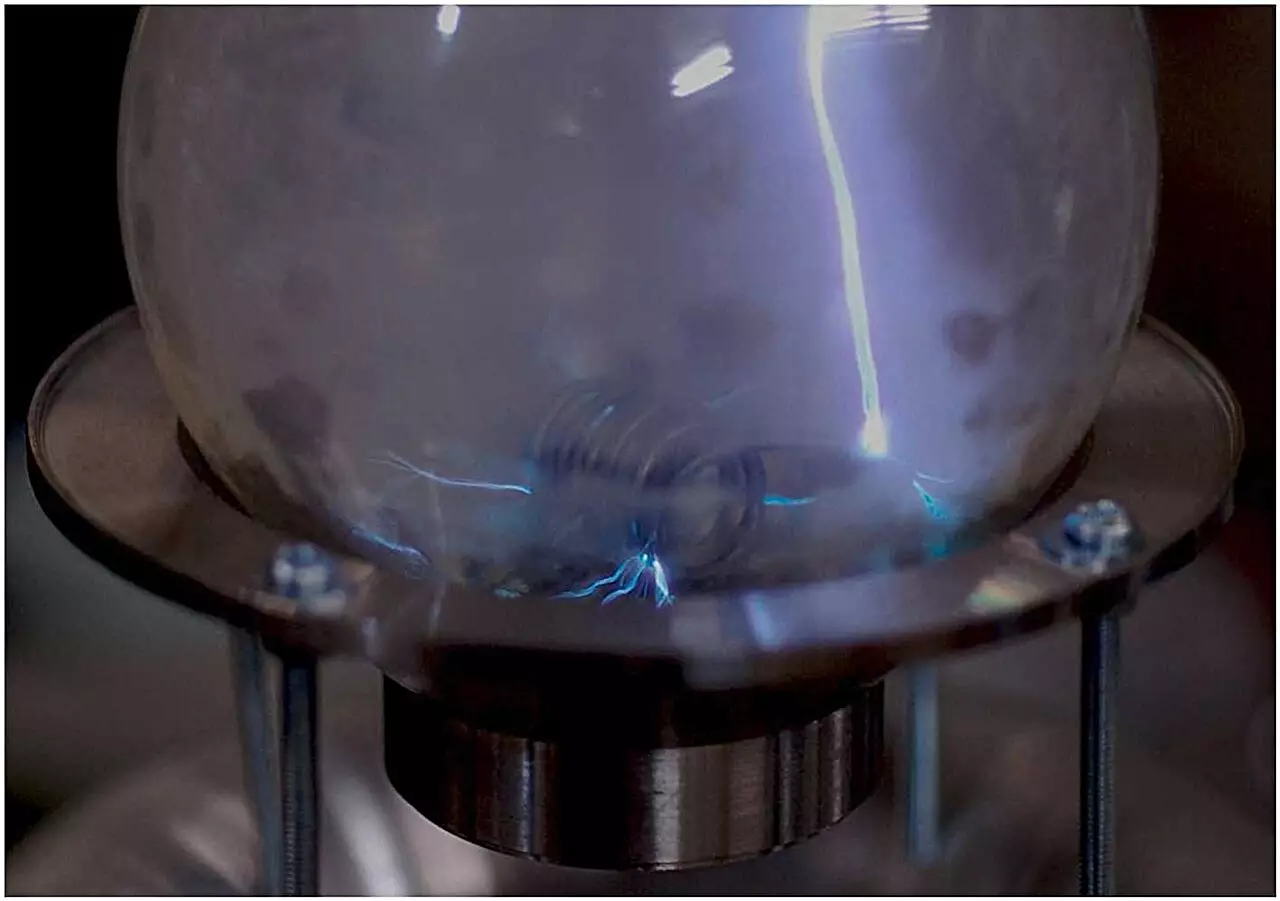The synthesis of polymers is a foundational aspect of modern materials science, underpinning a multitude of applications from everyday plastic products to advanced technological materials. A recent breakthrough by researchers at the University of Tsukuba proposes an innovative technique for synthesizing common polymers such as polystyrene, expanding the arsenal of methods available in synthetic polymer chemistry. Utilizing a Tesla coil to generate a remote spark discharge, this pioneering method circumvents traditional catalysts and polymerization initiators, marking a significant leap in the field.
The crux of this novel synthesis lies in the high-voltage, high-frequency discharge afforded by the Tesla coil. Unlike conventional methods that rely heavily on metal catalysts, this technique transforms monomers into radicals through a non-invasive external procedure. The Tesla coil’s capacity to produce potent discharges without a counter electrode means that the polymerization reaction can be initiated externally to the reaction vessel, which simplifies the overall process. This innovative technique not only enhances the efficiency of polymer synthesis but may also lead to improvements in the purity and quality of the resulting polymers, a crucial factor in many industries that rely on reliable performance in their materials.
Polymers like polystyrene and polymethyl methacrylate are ubiquitous in consumer products, ranging from food containers to packaging materials. The research published in the journal “Next Materials” emphasizes the significance of this new method, especially given these materials’ extensive use. By successfully synthesizing high-purity versions of these polymers, the University of Tsukuba’s research team provides a potential pathway towards more sustainable, efficient production methods. The findings not only showcase the promise of the Tesla coil application in standard polymerization processes but also underline the urgency for the scientific community to develop greener alternatives in polymer synthesis that do not rely on toxic or resource-intensive catalytic agents.
Beyond polystyrene, the team has ventured into the domain of conjugated polymers, applying the spark discharge to create novel polymer structures. They harness the ‘soliton’, a wave-like solution produced during the discharge process, as a polymerization initiator. This aspect of their research is groundbreaking, suggesting that electromagnetic waves can play an integral role in not just polymerization but potentially in the creation of advanced materials with tailored properties. Such advancements could result in the development of materials with enhanced electronic, optical, and mechanical properties, encouraging further exploration in both academic and industrial contexts.
The transformative nature of this research emphasizes the need for continued exploration of innovative techniques such as the one introduced at the University of Tsukuba. By utilizing unconventional methods to synthesize polymers, the study promotes not only efficient production but also aligns with the broader goal of sustainable practices in chemical manufacturing. As researchers continue to push the boundaries of traditional polymerization, new opportunities will arise, driving the future of material science into uncharted territory—one that promises to enhance both the functionality and sustainability of everyday products.

